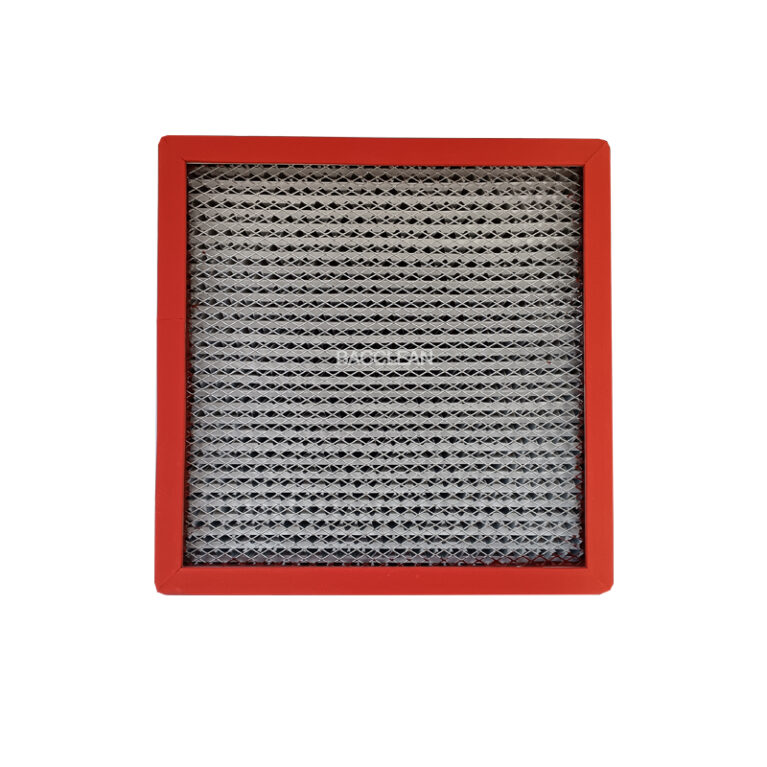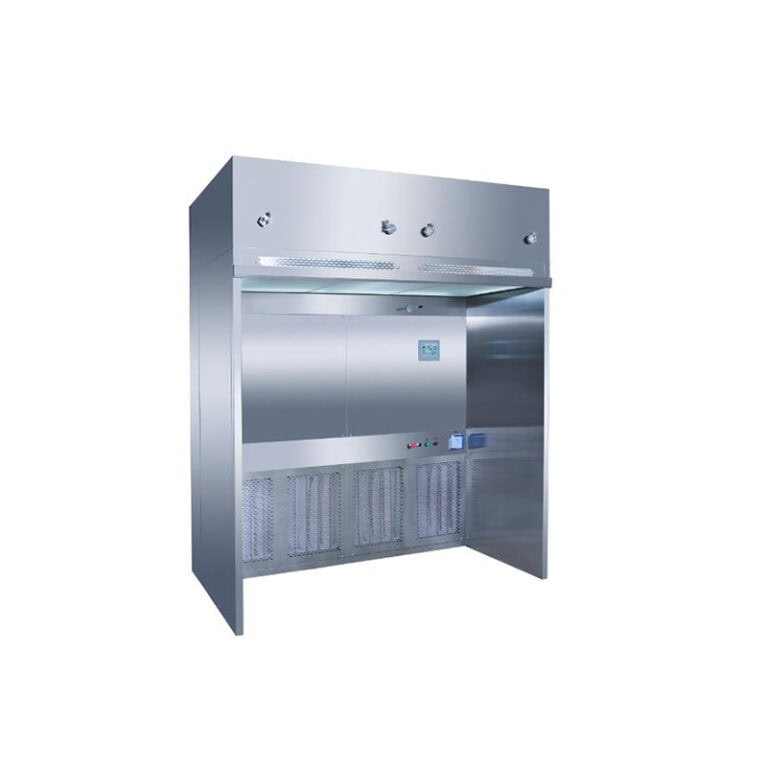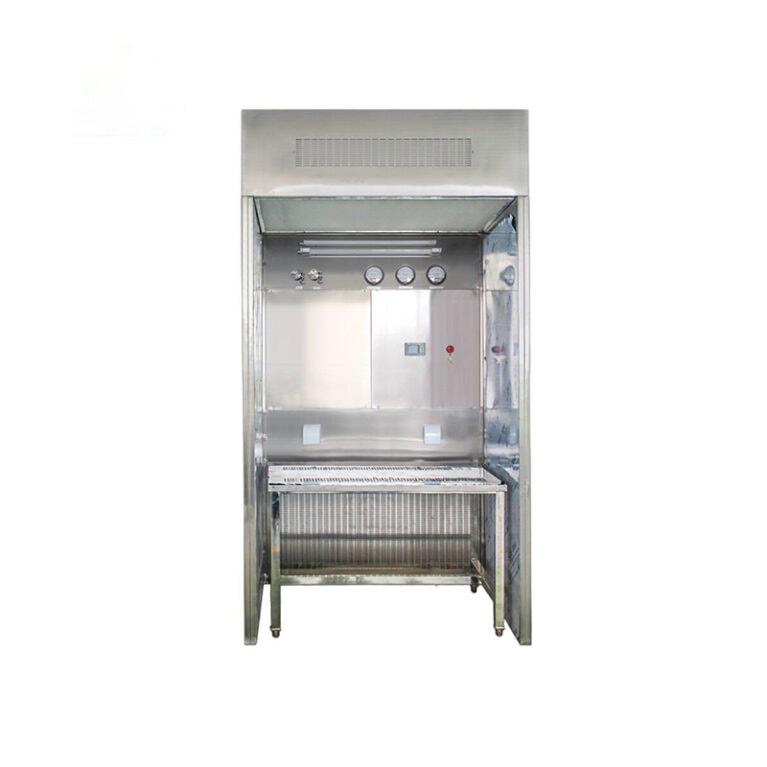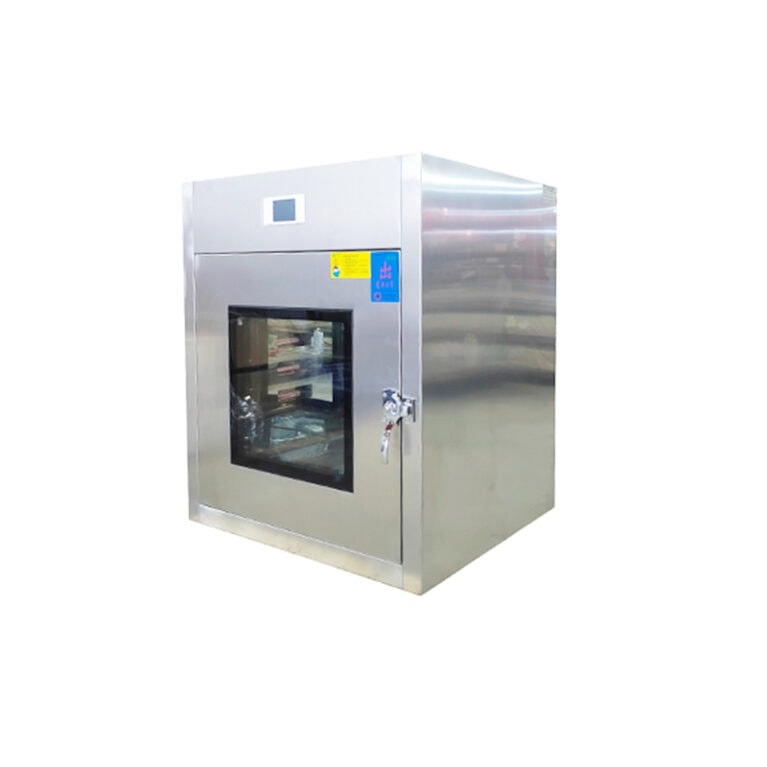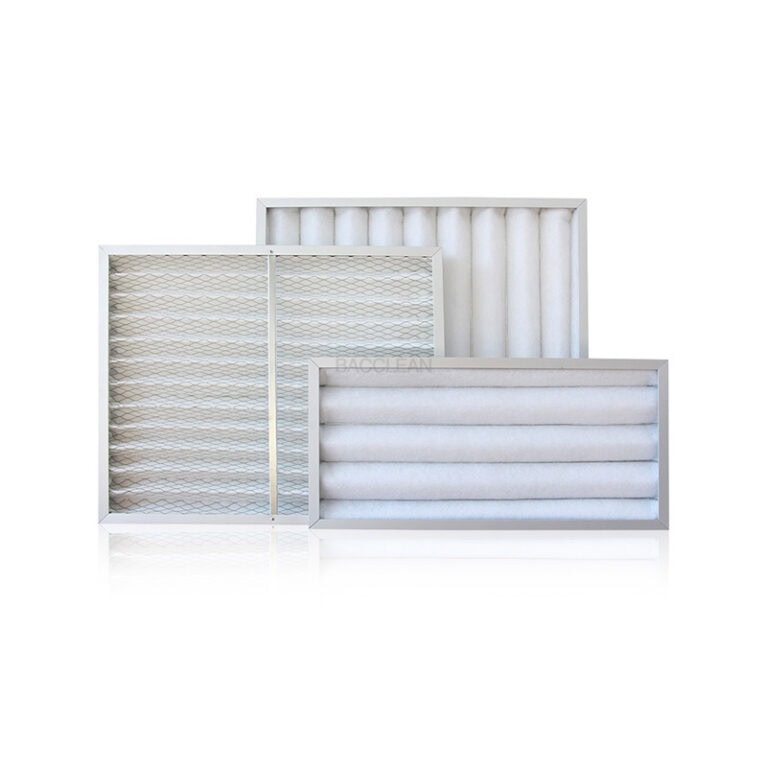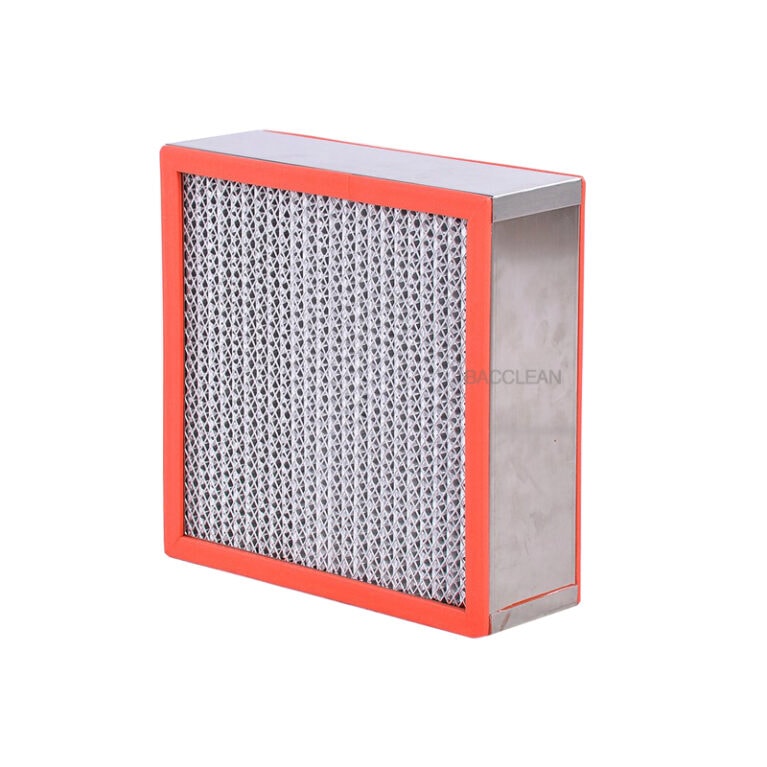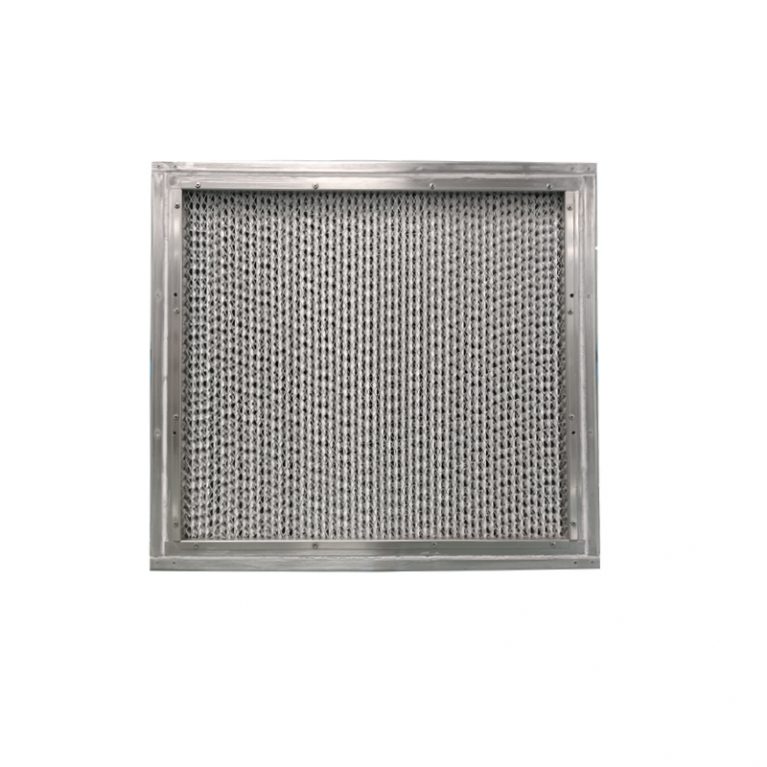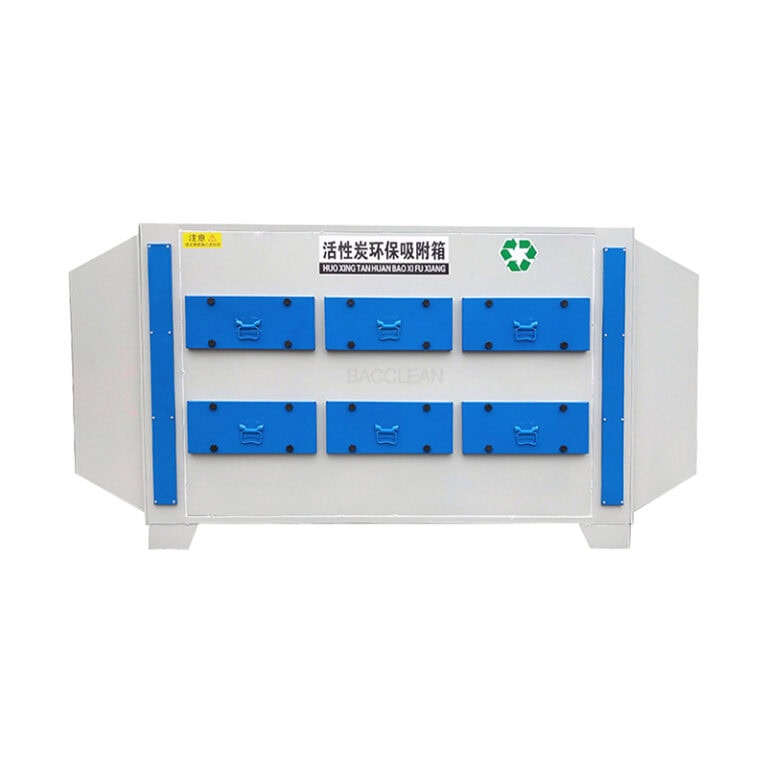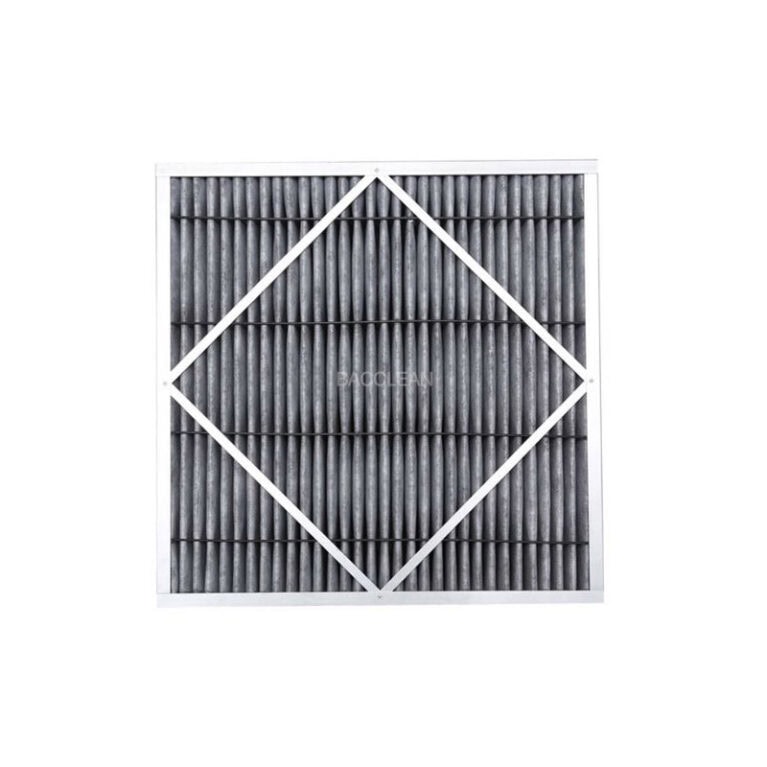Les hottes à flux laminaire de classe A sont des dispositifs de purification de l'air capables de fournir un environnement local propre de classe A. Leur fonction principale réside dans la filtration à haute efficacité (généralement à l'aide de filtres HEPA ou ULPA) et dans l'organisation unidirectionnelle du flux d'air. La concentration de particules en suspension dans les zones locales est contrôlée à un niveau extrêmement bas (conforme aux normes de la classe 5 ou supérieure de la norme ISO 14644-1, correspondant aux exigences des zones propres de niveau A des BPF), et elle est largement appliquée dans les domaines où les exigences en matière de propreté sont extrêmement élevées. Les principaux domaines d'application sont les suivants :
L'industrie pharmaceutique et biopharmaceutique
Il s'agit du domaine d'application le plus important des hottes à flux laminaire de classe A, qui est directement lié à la qualité des médicaments et à la sécurité des patients.
Production de préparations stériles : telles que les injections (perfusions, injections de poudre lyophilisée, petites injections d'eau), les préparations ophtalmiques, etc., dans les principales opérations telles que le remplissage, le sous-emballage, le capsulage et la lyophilisation hors de la boîte, des hottes à flux laminaire de classe A doivent être utilisées pour protéger les produits des micro-organismes environnementaux et de la contamination par les particules.
Fabrication de produits biologiques : Les processus de production de vaccins, de produits sanguins, de médicaments issus du génie génétique, etc. impliquent des matériaux sensibles tels que des cellules vivantes et des virus. Les hottes à flux laminaire de niveau A peuvent empêcher la contamination des matériaux et, en même temps, éviter que les opérateurs n'entrent en contact avec des substances nocives.
Production d'ingrédients pharmaceutiques actifs stériles : Pour les principes pharmaceutiques actifs ayant une activité élevée, une toxicité élevée ou des exigences de stérilité, la contamination croisée doit être contrôlée par des hottes à flux laminaire pendant les processus de broyage, de mélange et d'emballage.
2. Industrie des dispositifs médicaux
Dispositifs médicaux implantables : tels que les stents cardiaques, les articulations artificielles, les stimulateurs cardiaques, etc., les processus de production et d'assemblage doivent être réalisés dans un environnement stérile. Les hottes à flux laminaire de classe A peuvent garantir qu'aucune particule ou microorganisme n'adhère à la surface du produit.
Consommables médicaux de haute précision : tels que le prétraitement de stérilisation terminale des sets de perfusion et des seringues, ou les zones de nettoyage locales temporaires installées dans la salle d'opération (telles que la table d'opération pour la transplantation d'organes).
3. Industrie alimentaire et des produits de santé
Produits alimentaires de haute propreté : tels que les aliments liquides conditionnés de manière aseptique (lait en poudre pour nourrissons, jus de fruits haut de gamme) et les produits de santé (liquide oral, probiotiques lyophilisés), doivent passer par des hottes à flux laminaire de niveau A pendant le processus de remplissage afin d'éviter la contamination microbienne et de prolonger la durée de vie du produit.
Régimes spéciaux : Comme pour la production de préparations nutritionnelles cliniques (suspensions de nutrition entérale), il est nécessaire de contrôler strictement le nombre total de particules et de bactéries.
4. Industrie de l'électronique et des semi-conducteurs
Dans la production de produits microélectroniques, tels que la lithographie des puces et l'emballage des plaquettes, les particules présentes dans l'air peuvent provoquer des courts-circuits ou des défauts dans les circuits. Les hottes à flux laminaire de classe A peuvent fournir un environnement propre d'un niveau de 0,1μm, répondant aux exigences d'une production de haute précision.
Fabrication de composants optiques : lors de l'assemblage de lentilles laser et de modules de caméra, il est nécessaire d'éviter l'adhérence de la poussière qui pourrait affecter les performances optiques.
5. Laboratoires et champs de recherche
Laboratoire de biosécurité : Lorsqu'il s'agit de micro-organismes hautement pathogènes (tels que les virus et les bactéries), les hottes à flux laminaire de classe A peuvent servir de dispositifs de protection locaux pour éviter que les échantillons ne contaminent l'environnement ou les opérateurs.
Les opérations expérimentales de précision, telles que la culture cellulaire (cellules souches, culture d'embryons par fécondation in vitro), la préparation de nanomatériaux et la recherche et le développement de dispositifs microélectroniques, nécessitent un environnement stable à faible teneur en particules pour garantir la précision de l'expérience.
6. Industrie cosmétique
Les cosmétiques stériles haut de gamme, tels que les essences en ampoules et les patchs médicaux à compresses froides, doivent être contrôlés par des masques à flux laminaire de niveau A pendant les processus de remplissage et de scellage afin d'éviter la détérioration du produit ou l'irritation de la peau.
Résumé
La valeur fondamentale des hottes à flux laminaire de classe A réside dans la fourniture d'un environnement propre local, efficace et contrôlable. Leurs scénarios d'application tournent tous autour de l'exigence fondamentale d'être "extrêmement sensibles aux particules et à la contamination microbienne", couvrant de nombreuses industries clés liées à la qualité et à la sécurité des produits, telles que la médecine, les soins de santé, l'électronique et l'alimentation. Avec le développement de la technologie, sa conception a progressivement évolué vers la miniaturisation, la modularisation et l'économie d'énergie, s'adaptant aux demandes flexibles d'un plus grand nombre de scénarios.
